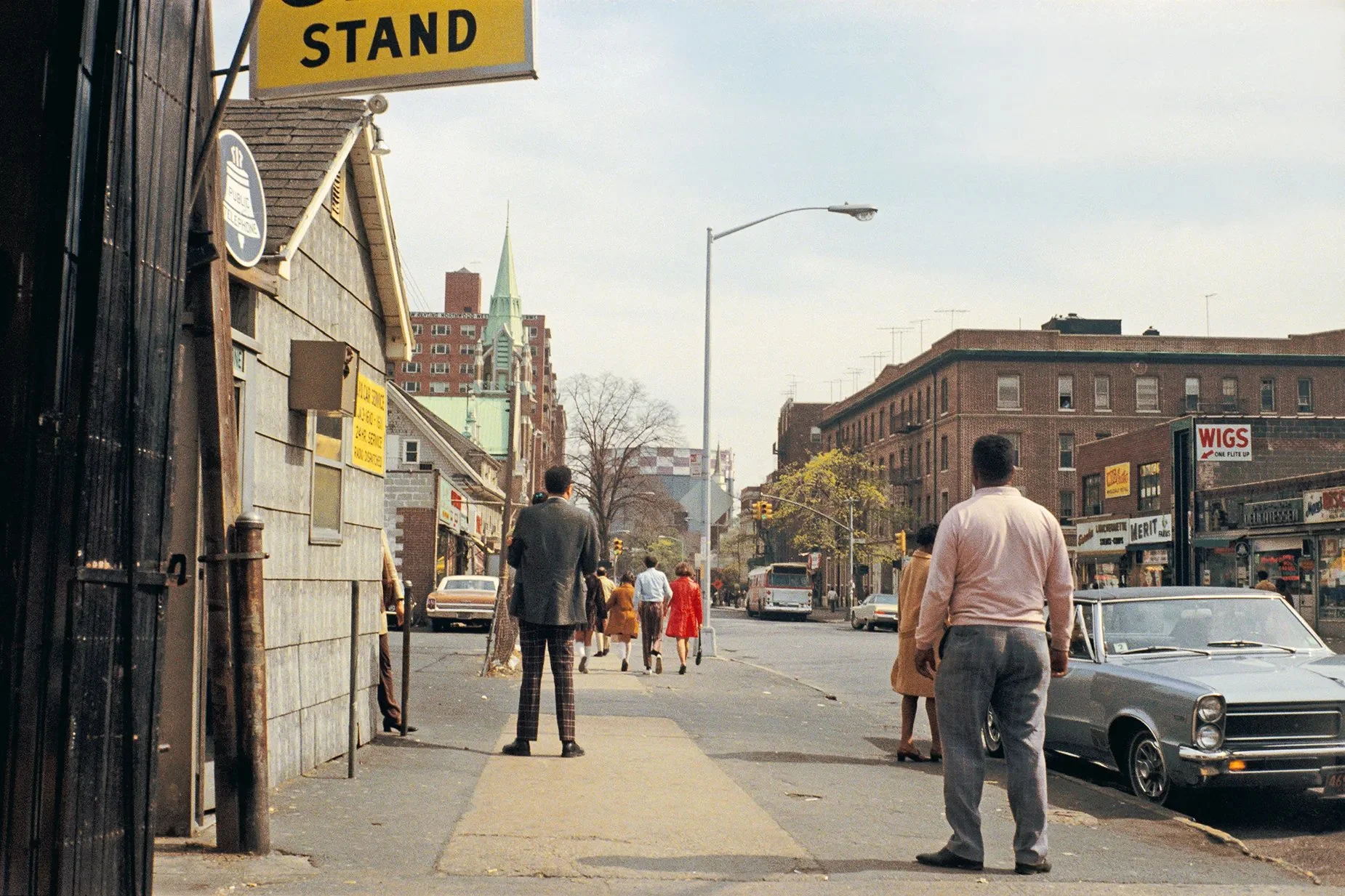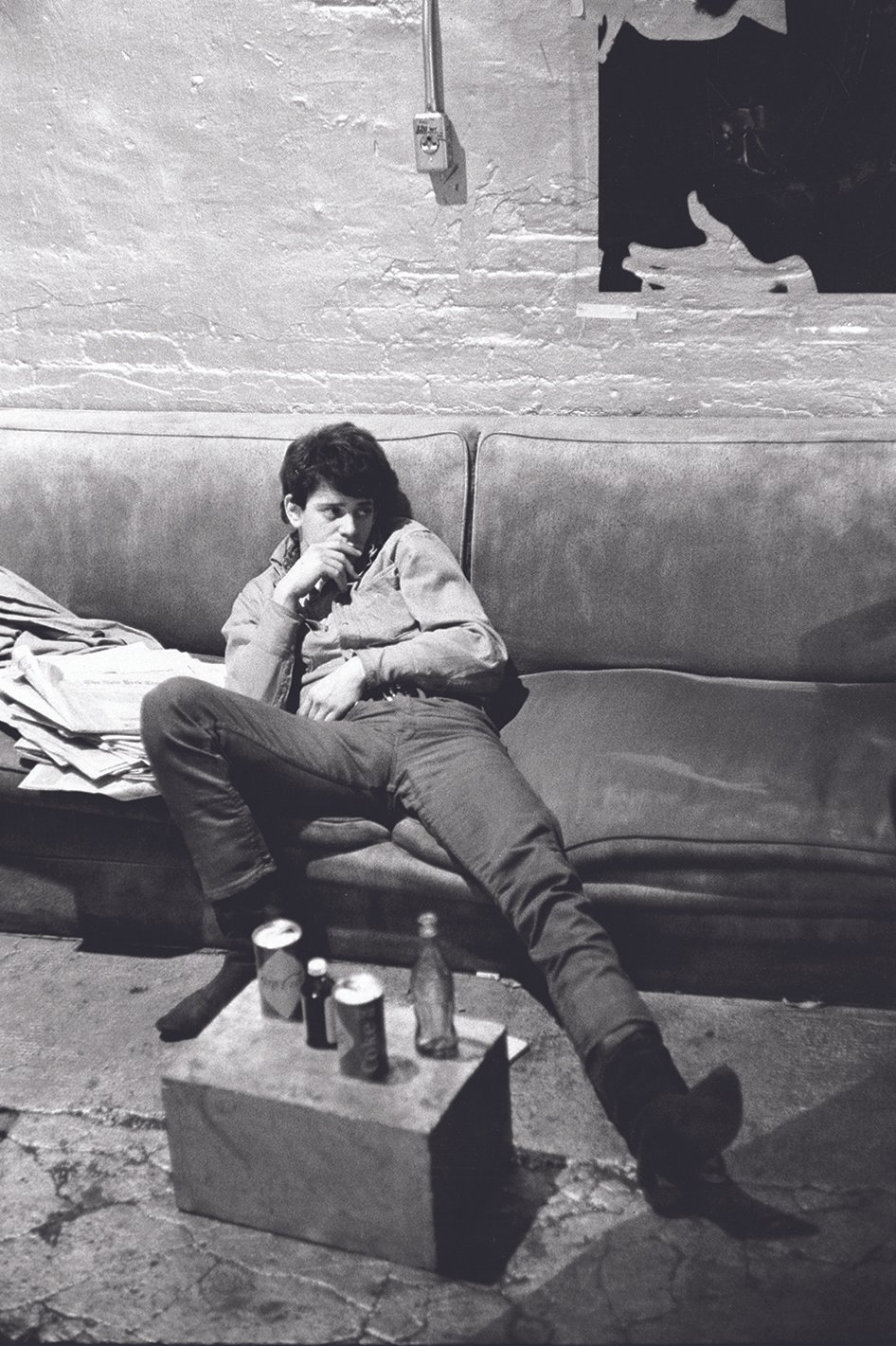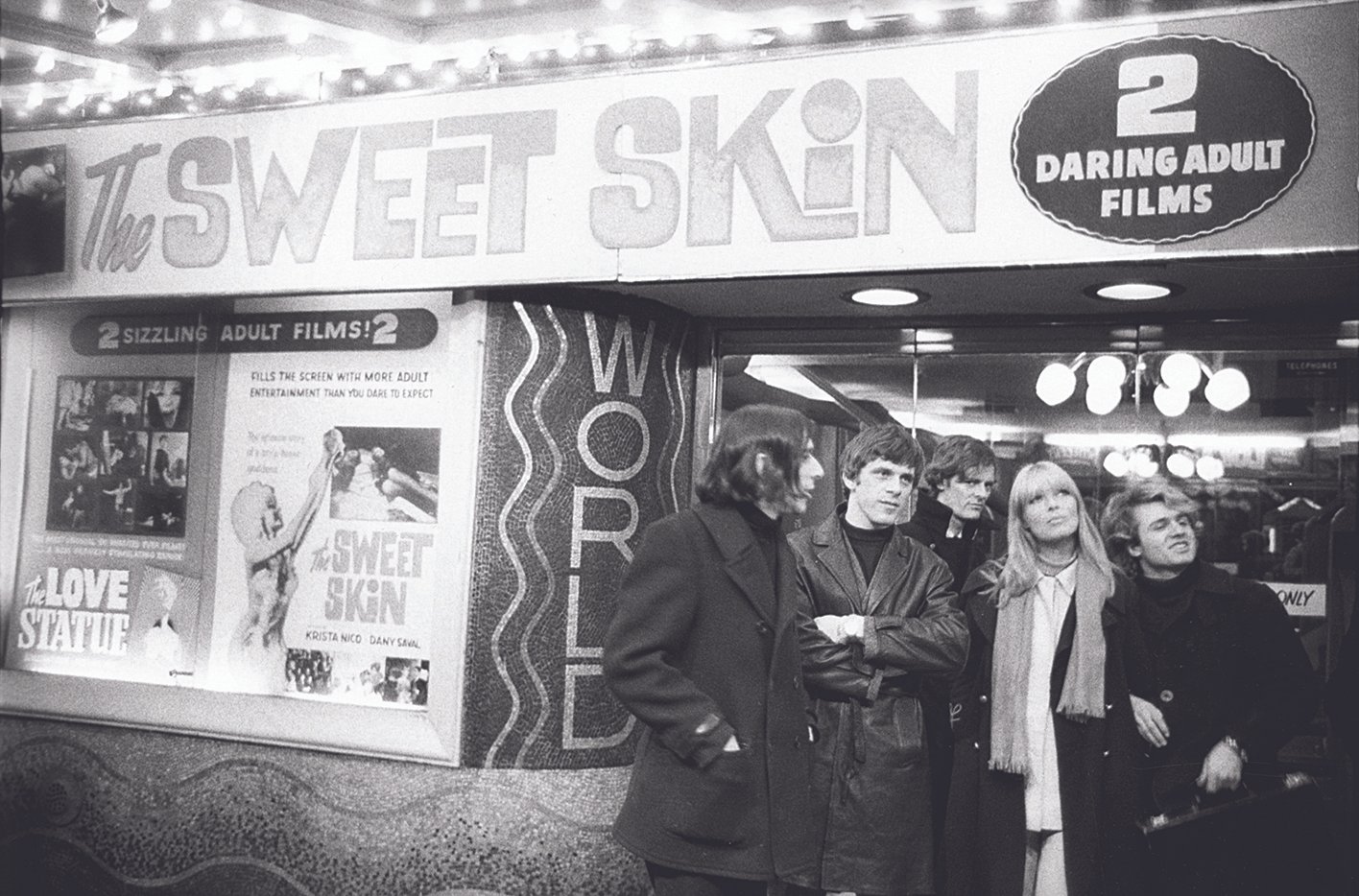Stephen Shore
About
A pioneer of color photography and large-format images, Stephen Shore elevated the everyday into fine art. His deeply influential work helped shape the visual language of American photography from the 1970s onward.
Born in 1947
Stephen Shore was Inducted into the International Photography Hall of Fame at a Ceremony at the Indy Arts Center, October 11, 2025
Photo: © Stephen Shore, Holden Street, North Adams, Massachusetts, July 13, 1974
Stephen Shore, born on October 8, 1947, is a pioneering American photographer whose work has reshaped the boundaries of photographic art through a distinct focus on the ordinary. Known for his quiet, observational style and his groundbreaking use of color, Shore helped legitimize color photography within the realm of fine art, challenging the prevailing assumption that serious photography belonged in black and white.
Raised in New York City by Jewish parents who owned a handbag manufacturing business, Shore displayed an early and self-motivated interest in photography. A Kodak darkroom kit gifted to him at age six sparked his lifelong fascination, and by the time he was nine, he had begun making color photographs. A pivotal moment came at age ten when he discovered Walker Evans’s American Photographs, a work that would profoundly influence his aesthetic. Just four years later, Shore approached Edward Steichen, the curator of photography at the Museum of Modern Art. Impressed by the teenager’s images, Steichen purchased three of them—an early validation of Shore’s talent.
In the mid-1960s, as a teenager, Shore became a regular at Andy Warhol’s famed studio, the Factory, where he documented the eclectic, avant-garde environment and its personalities. This exposure to conceptual thinking and the art world’s evolving approaches to everyday subjects deeply informed his later photographic vision. During this period, he also encountered conceptual artists and photographers experimenting with serial imagery and installation, an influence that would inform his own early works in black and white.
Shore's early professional success was extraordinary. At just 24, he became the first living photographer to have a solo exhibition at the Metropolitan Museum of Art in New York. A few years later, he would take part in the landmark 1975 exhibition New Topographics: Photographs of a Man-Altered Landscape, which challenged romantic ideas of the American landscape and instead documented the built environment in all its utilitarian and mundane glory.
Throughout the 1970s, Shore undertook a series of solo road trips across the United States and Canada. These journeys became the foundation for two of his most iconic projects: American Surfaces and Uncommon Places. Initially using a 35mm handheld camera, and later transitioning to large-format 4×5 and 8×10 view cameras, Shore captured gas stations, motel rooms, meals, intersections, and small-town streets—scenes most would overlook. His decision to photograph these banal subjects in saturated color, at a time when art photography still largely favored black and white, marked a radical departure and helped usher in a new era for the medium.
His work from this period, particularly Uncommon Places (1982), has been hugely influential on subsequent generations of photographers, including Nan Goldin, Martin Parr, Joel Sternfeld, Andreas Gursky, and Thomas Struth. With an eye attuned to subtle detail and a commitment to presenting the everyday without embellishment, Shore’s photographs invite contemplation of the ordinary and the familiar.
In addition to his artistic work, Shore has contributed to the field through fashion and editorial commissions, as well as commercial campaigns. He has also remained deeply involved in photographic education, serving as the director of the photography program at Bard College since 1982, mentoring young photographers and continuing to influence the medium from the classroom.
In more recent years, Shore has turned his attention to global subjects, creating new work in Israel, the West Bank, and Ukraine—bringing his characteristically observant and nuanced vision to international contexts. His photographs continue to explore how people shape and are shaped by their environments, and how meaning can be found in the seemingly insignificant.
Stephen Shore’s enduring legacy lies in his ability to elevate the ordinary, expanding both the vocabulary and the visibility of color photography. His work has not only reshaped how we see the American landscape but also how we understand photography itself.









Photo Credit: HOF Inductee: ©Edward Burtynsky
Join Our Mission.
Joining the International Photography Hall of Fame is an unparalleled opportunity to immerse yourself in a global community of passionate photographers and enthusiasts. As a member, you gain exclusive access to a wealth of resources, including workshops and networking events designed to inspire and elevate your craft.
By joining us, you become an integral part of our mission to celebrate photography's artistry, innovation, and impact on a global scale. Whether you're a seasoned professional or an avid enthusiast, your membership empowers you to connect with like-minded individuals, explore new perspectives, and contribute to photographic excellence.



